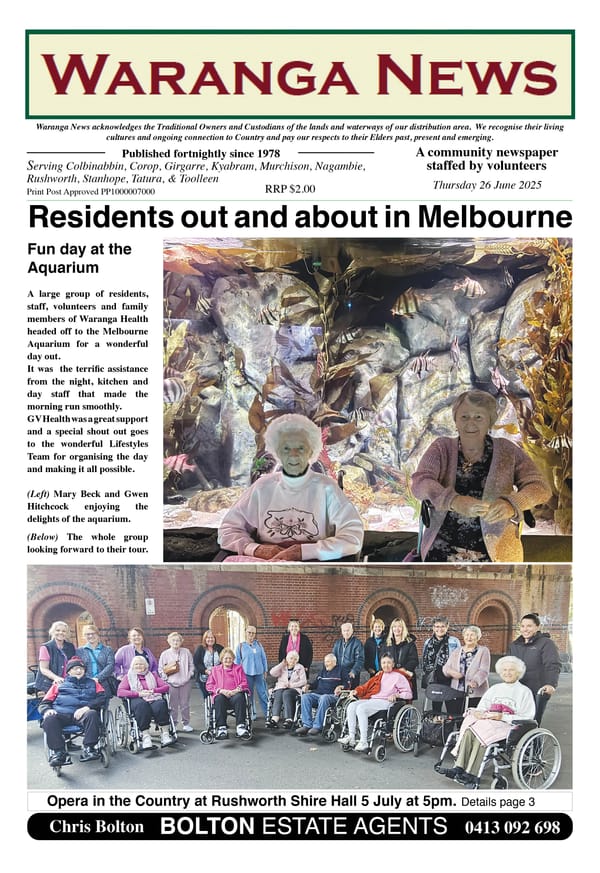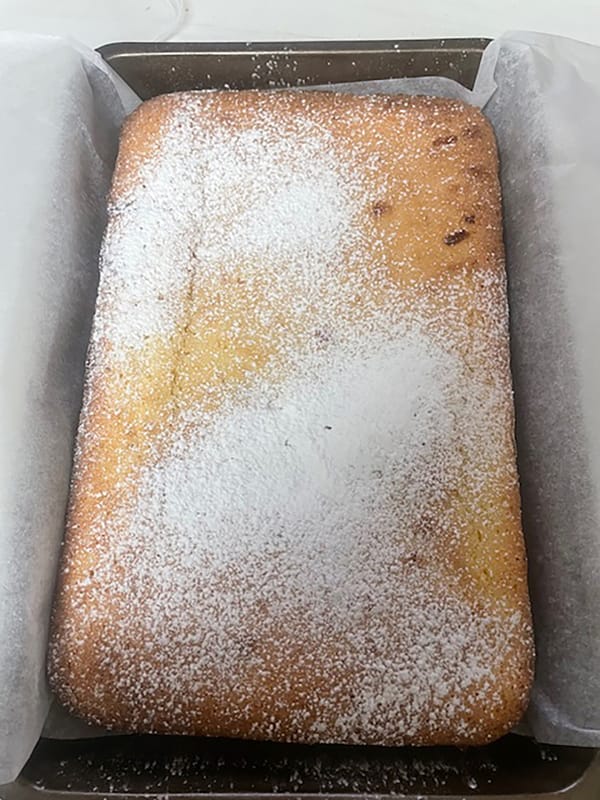18. The legacy of frontier wars

The incidents described in recent stories in this series were not isolated: they happened all around Australia. Although they are part of Australian history, they were not something that was ever taught in schools, until perhaps recently. No serious study of incidents involving the violent deaths of Aboriginal people in colonial times took place until the 1980s, when Bruce Elder wrote a book called Blood on the Wattle (New Holland Publishers). Many other books and studies have followed.
There is also a website that is in the process of being developed by a group at the University of Newcastle. An interactive map is included, which makes sobering viewing.
Now that we are aware of the true extent of the carnage, we have to re-think that part of our history. The spread of European colonisation through Australia was accompanied by what amounted to a war on the previous custodians of the land. Accepting this unpalatable fact is one step that needs to be taken on the long road to reconciliation.
HOW MANY PEOPLE DIED?
There has always been plenty of speculation about how many Aboriginal people lived in Australia prior to European colonisation. In an earlier story, after a review of the literature about the subject, it was suggested that the most likely figure would have been in the range of 300,000 to a million.
Another Waranga Dreaming story noted that respected historian A G L Shaw thought around 10% of the Aboriginal population may have died as the result of frontier violence. Apply that to the most conservative population estimate above, and we are talking about a minimum of 30,000 men, women and children killed in the violence. The real figure will never be known, because more often than not, the killing went unreported or under-reported.
On the colonists’ side of the equation, there were also deaths. Often these were shepherds or other farm hands who were working in vulnerable, isolated situations. Again, various estimates have been made over time, and these tend to be more accurate than those for Aboriginal people because they were more likely to be reported. The number of deaths is in the order of 2000. This means the ratio of Aboriginal to colonist deaths from violence is at least 15 to 1 – perhaps much more.
A ONE-SIDED WAR
More often than not, the conflict was in relation to access to resources e.g. land, water, plants and animals, minerals. Access to horses and modern firearms gave the colonists a significant advantage when conflict arose, which partly accounts for the huge disparity in the number of deaths. Also, when retribution was being meted out, it was often excessive in relation to the original crime, if there had been one.
To put the frontier wars in context, more Australians died in them than in all other wars that Australians have subsequently been engaged in, excluding World War 1. However, they have not received anything like the historical scrutiny of our involvement in overseas wars.
WHERE TO FROM HERE?
Some people don’t want to discuss the deaths that occurred during the European colonisation of our area and Australia in general. They refer to it as a “black armband view of history” and reckon we don’t have anything to gain by bringing up an unsavoury part of our history.
However, most Aboriginal people see a conversation around this part of our history as an essential part of the truth telling that is a necessary step on the road to reconciliation. You can’t just bury the history and then expect people to move on as if nothing had happened. Certainly, the true history is being uncovered and is slowly being introduced into schools. One step that older members of the community could take would be to make a conscious effort to re-educate themselves about the true history of European colonisation. Acknowledging that history is a good starting point for the process of reconciliation.



